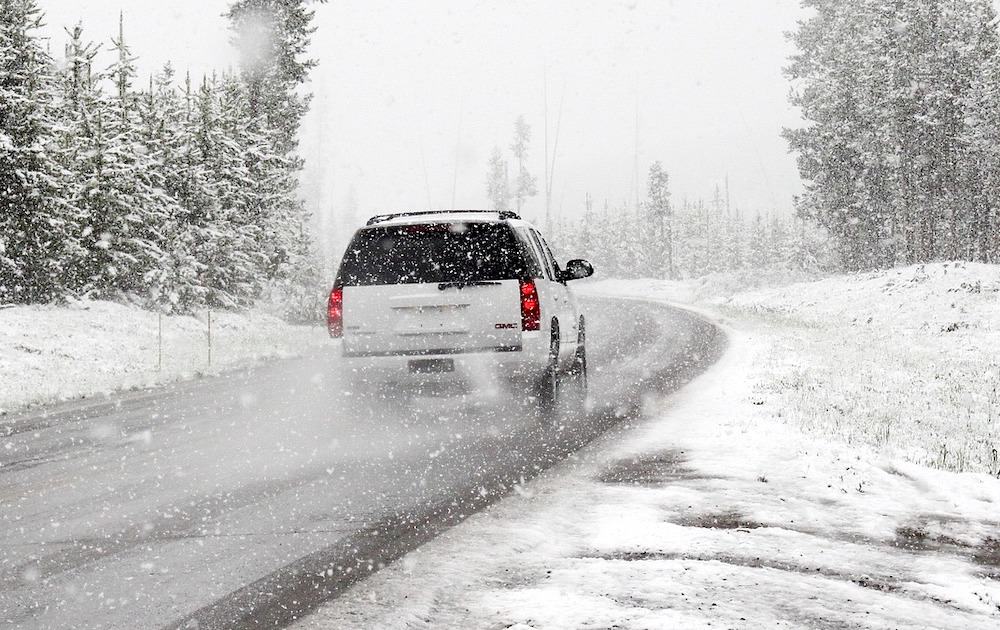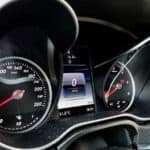Winter is one of the most active seasons of the year. You may not agree, but the truth is that Holidays increase traffic by a high margin. As more motorists are in the road chances of collision also increase. Driving in winter need lots of efforts and experience as winter weather conditions can be very hazardous. The following tips will help you drive snowy or icy road situations.
The objective of this article is to giving you the best winter driving tips to keep you, and your loves one secure.
1. Watch what you wear
Before entering in your car check what you are wearing. It’s getting cold outside for sure, but right now you are going to drive not walking on snow. Use comfortable shoes while driving. You can always change them before going out. The problem with wearing snow-boots is that you can easily slip on the pedals. So, do yourself a favor and keep a pair of “driving shoes” in the car, avoid accidents.
2. Perform a car check before driving
It only takes 5 minutes to perform a quick check on your car condition. What should you check?
- Windshield, lateral, and rear windows. Clean as necessary if any is frozen. Avoid using hot water because it could cause a crack in the glass due to the thermal shock.
- Headlights condition. This check simply consists of verifying if they are working as expected.
- Start the engine and verify that everything is ok and no warning light is lit on the instrument panel.
You could check many other things like the oil level, tires pressure, and more. But the general idea is getting used to a quick 5 minutes check, something that anyone can do without excuses.
3. Maintain a proper following distance
When you drive on ice or snow the stopping distances increase by a factor of 10. That’s why you should exercise extreme caution. Under these circumstances, it’s highly advisable allowing a greater distance with the vehicle in front of you, decrease your speed and avoid changing lanes if not necessary.
4. Check tires condition
A crucial winter driving tip has to do with the tires condition. Since road traction is significantly reduced, you need ensuring that tire’s tread is depth enough. The recommended tread depth is 3 mm, but this can vary depending on the tire, brand, and other factors. You may wonder why this is important. Tires require enough tread depth to be able of compressing snow in their grooves and release it as they roll. Insufficient tread depth will cause snow to remain in the grooves as it cannot be released fast enough. Once the grooves are at capacity, you will lose traction as if you had no tread at all.
5. Beware of the slopes
Since you have to drive with low traction, a good winter driving tip is having extra caution with slopes. If you are driving uphill, then increase even more the following distance. The reasoning is simple. Avoiding stopping part way up is a priority for you. Just imagine the situation. Once you are stopped the probability of slipping is very high as you have gravity against you. A similar concept applies when driving downhill. You need to maintain a good following distance because the stopping distance won’t be 10 times longer but much more due to the force of gravity. Braking should be avoided as much as possible (especially downhill) that’s why using a low gear is useful in this situation.
6. Adapt your driving
Driving during winter implies changing the driving style. Weather conditions will force you to adapt to them (and not the other way around). In that sense keep in mind the following winter driving tips at all times:
- Accelerate slowly: Don’t risk pushing the pedal too much because you can skid on the road very easily. Feel the road. If you notice that you are losing traction, then retire the foot from the accelerator and grab the steering wheel firmly.
- Apply the brakes gently: Never be overconfident about your Anti-Lock Brakes system (ABS) or dynamic stability control (DSC). Those systems will do their best to keep you on the road, but they can’t break the physics laws. If you are driving at high speed and need to brake suddenly, then chances are that you will skid.
7. Scan the road and use common sense
Be prepared for the unexpected. Use defensive driving principles. Scan the road and look for potential risks. One of the most important winter driving tips is using common sense. If you are driving behind a large truck and you have noticed reduced traction (you felt the tires losing traction at intervals) then remind behind the truck. Don’t put your life as well as passenger’s at risk just for saving a couple of minutes.
Bonus tip what to do if you skid on the road:
Even the most cautious driver may start skidding on ice or snow. What should you do in such a situation?
- Avoid braking or accelerating: This is important since you are not in control of the vehicle anymore. Braking or accelerating will only worsen the problem. You need to regain traction, that’s your main goal.
- Use the gearbox to reduce the speed: If you are driving a vehicle with a manual transmission, you won’t have any trouble doing it. If you are driving with an automatic transmission rest assured that you can also use the gearbox to reduce the speed.
- Steer in the direction of the skid: This may be counter-intuitive but is based on pure physics. If you try to oppose to the skid, you will continue slipping. In order to gain traction, you need to equalize the linear speed of the tires at their contact point with the speed of the vehicle. Once you gain traction, you can slowly steer again.
Driving on ice and snow may have its risks. But if you follow our winter driving tips for safe driving, you will be prepared to face any situation. Perhaps the most valuable driving tip is using common sense at all times.



